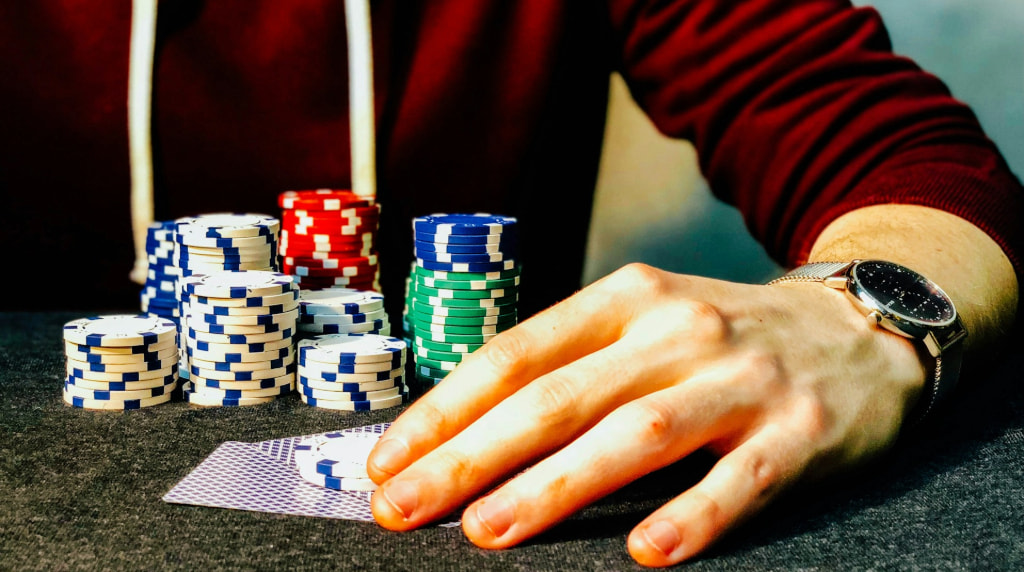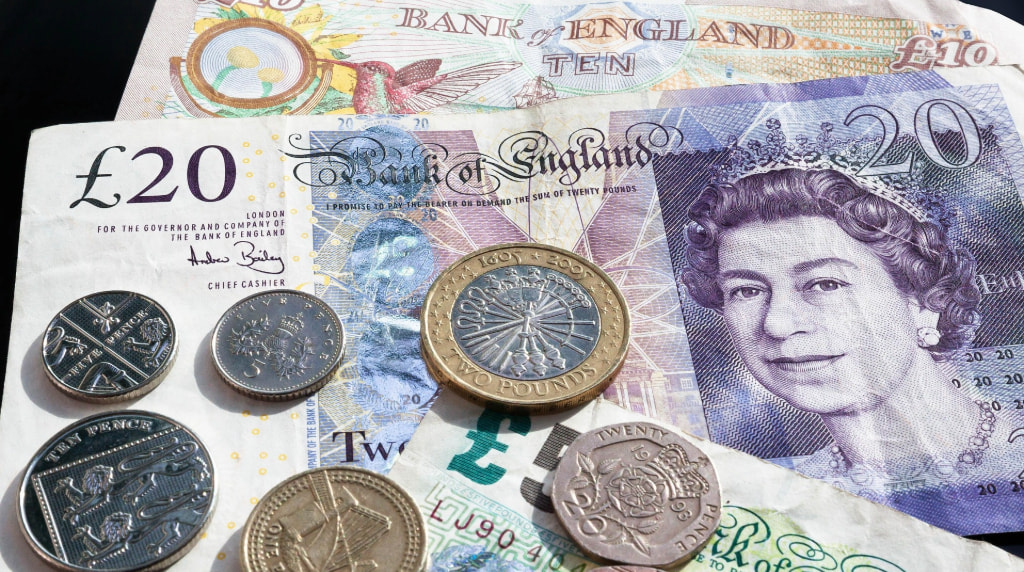Common Tells in Poker Games Explained
Knowing what poker tells are and what to make of them is key to stand a chance of winning. You might be surprised to learn what some basic actions can mean and how people can unknowingly give things away.
What Are Poker Tells?
Some casino games, such as slots and roulette, are all about luck. Then there’s blackjack, which involves some strategy as you have to make decisions. As for poker, it’s on another level.
This is because it’s not just about luck and deciding what to do with cards. There’s an extra element: poker tells. These play a key role in real-life poker and understanding them is important for playing the game well.
So what is a tell in poker? It’s a change in the way a player behaves or plays the game that may provide a clue as to the composition of their hand.
Examples of Poker Tells
In real-life poker games, you’re sitting at a table with other people and can observe things they do. Any sort of action or reaction, no matter how minor it may seem, can be a tell.
Poker tells can be grouped into three categories: betting, physical and verbal. Once you start looking out for them, you may be surprised to see how common they can be.
Betting Tells
Betting includes changes in the way someone bets and how they appear when placing bets. If you’re up against new players, it can be hard to detect these particular tells.
When you’re playing against people you know well and have played poker with before, it can be a lot easier to pick up on changes in their betting patterns.
To give an example of a betting tell, if someone who’s placed moderate bets suddenly wagers a large amount of money, this could be a sign that the player has a good hand.
Likewise, someone who’s been betting fairly high sums of money but then places a really small bet could have a poor hand. As well as focusing on your own betting strategies, you should be aware of what other players do.
Physical Tells
As for physical tells, these are perhaps the most well-known of poker tells. They involve physical actions and reactions and can be something significant or barely noticeable. They can be pretty much any sort of body movement.
It’s basically all about body language. In relaxing situations, it’s easy not to do anything. For example, when sitting down and watching TV, we barely do anything.
But in a tense, potentially high-stakes game of poker that requires strategic gameplay and thinking, you’re on edge. Your body reacts accordingly, though you might not realise it at the time.
So, when it comes to physical poker tells, body language is what it’s all about. To pick up on a physical tell, you have to observe other players and keep a close eye on what they do.
The list below covers quite a few examples of some of the most common physical tells in poker. It’s not exhaustive by any means, but it should give you an idea of what to look out for.
- Moving chips into the pot – If someone does this calmly, it could mean they have a strong hand; if they’re a bit aggressive, this may mean the player has a weak hand.
- Making strong eye contact after moving – Usually, someone who’s just made their move wouldn’t stare at the next player to move. If they do this, there’s a good chance their hand is weak.
- Posture and sitting positions – It’s typical for poker players to sit up straight while at the table. If someone sits back, this could mean they’re more relaxed and are confident in their hand. If someone suddenly sits up, they may have just been dealt cards that have made their hand much better than before.
- Looking around the table erratically – This can be a sign of nerves. If someone can’t focus and spends their time looking around from one player or thing to the next, it’s likely a sign they’re nervous about their hand.
- Itching and scratching – We all itch and scratch, but if a poker player does one of both of these more often than normal while at the table, this is most likely a tell. These are an indication that the player has a weak hand.
- Moving fingers and hands towards the middle of the table – This could be a sign the player has a strong hand and is keen for the showdown to take place.
- Looking at stacks of chips – Doing this can be another sign that a player has a strong hand. They’re confident of a win and want to check how much others are betting.
- Keeping their hands and arms close – If someone moves their hands and arms towards their body – for example, they keep their arms crossed tightly right in front of their chest – this could mean they have a weak hand. The same goes for any sort of action that looks like the player is being defensive and keeping themselves to themselves.
- Changes in breathing – If someone starts breathing faster and more loudly than normal, this could be a sign they’re feeling nervous. On the other hand, someone who’s more in control of their breathing could be feeling confident with a good hand.
As you can see, there are all sorts of things that can be tells, and again, the list above doesn’t include every possible action. But having said that, sometimes an action isn’t necessarily a tell.
When playing poker, be on the lookout for tells, but don’t convince yourself that every little thing other players do is an indication of their hand strength. If someone itches themselves, they might just have a genuine itch!
Verbal Tells
The way a person speaks and what they say can also give away information about their hand. Things like stuttering, stammering and generally sounding nervous are obvious signs of a weak hand.
Other indications of someone having a weak hand include not speaking coherently, using words like ’em’ and ‘er’ a lot, and not sounding confident, especially if someone speaks to them.
Then there’s how much a person speaks. If someone’s quiet, this usually means they’re playing it cool and have a decent hand. Someone who engages in small talk and discusses random, unimportant things could have a weak hand.
It’s also worth taking note of when someone changes how much they speak. If someone goes from being chatty to quiet, for example, they could have been dealt a good card that’s greatly improved their hand.
What About Online Poker?
We’ve looked at tells in real-life games of poker and explained that they’re physical cues, things people do voluntarily or involuntarily with parts of their bodies. But what about online poker?
When playing online, you don’t get the same level of physicality that you do when sitting at a table with other players. There are some tells that may become apparent during internet-based poker games, however.
These are a lot different from physical ones and they may not be as prevalent, but it’s still a good idea to know what they are. Essentially, online tells look at a player’s actions.
Some examples of online poker tells include changes in any of the following: the number and size of chips a player bets with, how quickly a player makes their move and what betting patterns a player sticks to.
Another point worth making is that if a poker game has a chat feature, there may be tells you can pick up on there. If a player goes quiet, for example, that may mean they have a strong hand.
Likewise, if a player becomes noticeably more active, this could be a sign they’ve got a weak hand and are trying to cover it up. When playing poker online, try to determine patterns so you know when they’re being disrupted.
There are lots of top gambling sites to play poker against other people. If you decide to join one to play poker online for real money, remember to look out for tells.
Your Own Tells
We’ve talked about looking out for tells in other players, but what about your own? The next time you play poker, whether in real life or online, pay close attention to what you do during the game.
You may perform a poker tell without realising what you’re doing. It could be something that seems insignificant, such as sniffing or sighing. Whatever it is, others can pick up on it.
Mastering poker isn’t just about detecting tells; it’s about controlling your own. From now on, try your best to control what your body does and not give anything away.
The fewer tells you have, the less likely other players will be to second-guess whether your hand is good or not. Controlling your in-game body language and actions can, therefore, help in the long run.
Summary
Understanding poker tells and being able to spot them are key if you’re going to have a decent chance of winning games. When playing poker, you should be observant and keep an eye on what your opponents do.
However, you have to think about the way you present yourself. Try to keep any possible tells of your own in check so that you don’t give your opponents an indication of what your hand strength is like.
You’re not going to master the act of picking up on tells after a single poker game. This is something that takes time, and the more you practise, the better you’ll hopefully become.
Poker tells add an exciting and intriguing level of strategy to the game. Once you know the common ones and have an idea of what to look out for, you’ll never play poker in the same way again.





